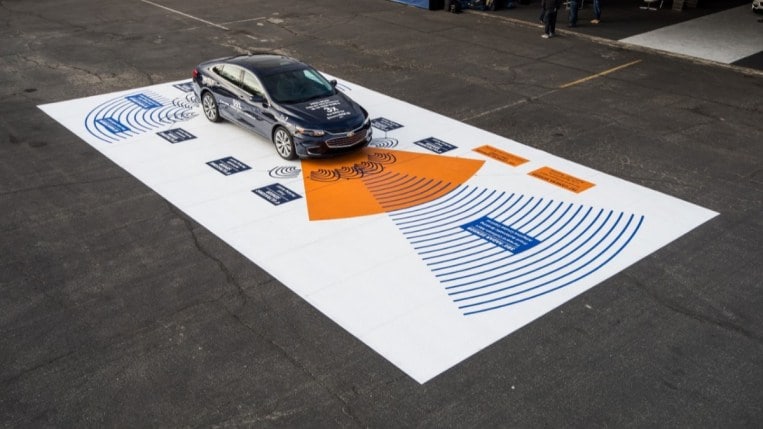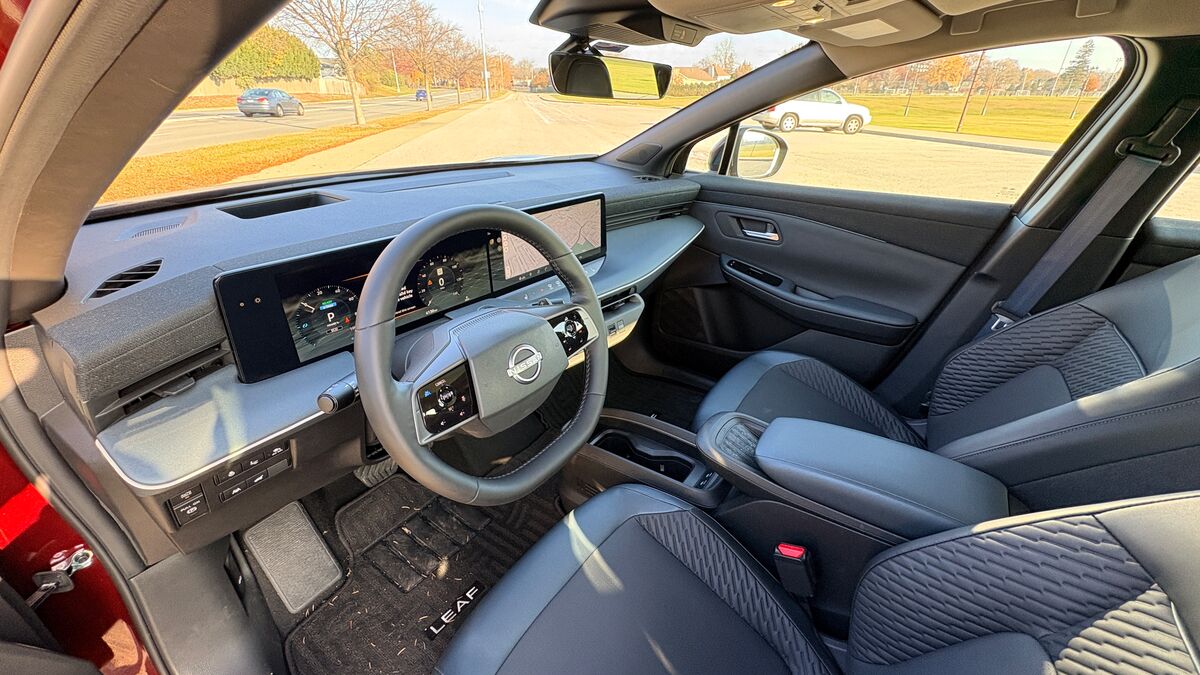
Not too hard to guess, right?
Okay, what does “Pre-Collision Safety System” do?
That one’s a little less clear.
What does a system called “Smart City Brake Support” do?
Your guesses are getting vague, aren’t they?
But one called “Full Self-Driving” must drive the car for you, correct?
It doesn’t.
America’s auto industry has a problem.
Names Can Be Fuzzy or Even Misleading
Automakers have built numerous automated systems that could make our roads safer — systems that detect cars in blind spots and stop us from changing lanes into them, as well as systems that brake automatically to avoid hitting objects in the roadway. Programs take over some of the driving workload so drivers can stay fresh on long drives.
They have the potential to be great. But their names are immensely confusing.
Some describe what the system does fairly well. GM’s “Forward Collision Alert” system, for instance, sounds a warning if the car is at risk of colliding with something in front of it.
Some are much less clear. Mazda’s Smart City Brake Support brakes the car when it detects a stationary object in the road, even if the driver doesn’t touch the pedal. It works inside and outside of cities.
Some are just plain misleading — Tesla was forced to admit in legal filings in California in 2020 that its “Full Self-Driving” system is not self-driving and won’t be. The company’s leaders “do not expect significant enhancements” that would “shift the responsibility for the entire dynamic driving task to the system,” it told regulators.
To make matters worse, it also sells something called Autopilot. It doesn’t pilot the car for you, either.
The Car Safety Avengers Team Up
America is blessed with several car safety watchdog groups. They’ve helped make driving safer for all of us. When they all speak with one voice, we should listen.
They’ve come together to demand we fix the naming problem.
AAA, Consumer Reports, J.D. Power, the National Safety Council, Partners for Automated Vehicle Education (PAVE), and SAE International (a global association of transportation engineers and related technical experts) have joined together to demand that the auto industry standardize the names of driver assistance features.
They’ve published a list of common-sense suggestions.
The groups, for instance, would differentiate systems that warn from systems that intervene. Forward Collision Warning would alert the driver to a danger in front of the car. Automatic Emergency Braking would do the same but also apply the brakes.
“The standardized terms were created to provide clarity to consumers by naming and describing the functions of ADAS in a consistent, easy to understand manner,” the groups say. ADAS stands for advanced driver assistance systems.
They even allow for marketing names, as long as automakers used a common lexicon to explain what each did.
They’re not calling for government regulation at this point. Instead, they ask automakers to adopt the standardized terminology “to help reduce consumer confusion.”
But the request comes as several watchdog groups are increasing scrutiny of automated systems. The Insurance Institute for Highway Safety (not part of this group) has announced plans to begin rating automated systems, while AAA has started testing them and been disappointed in the results.







